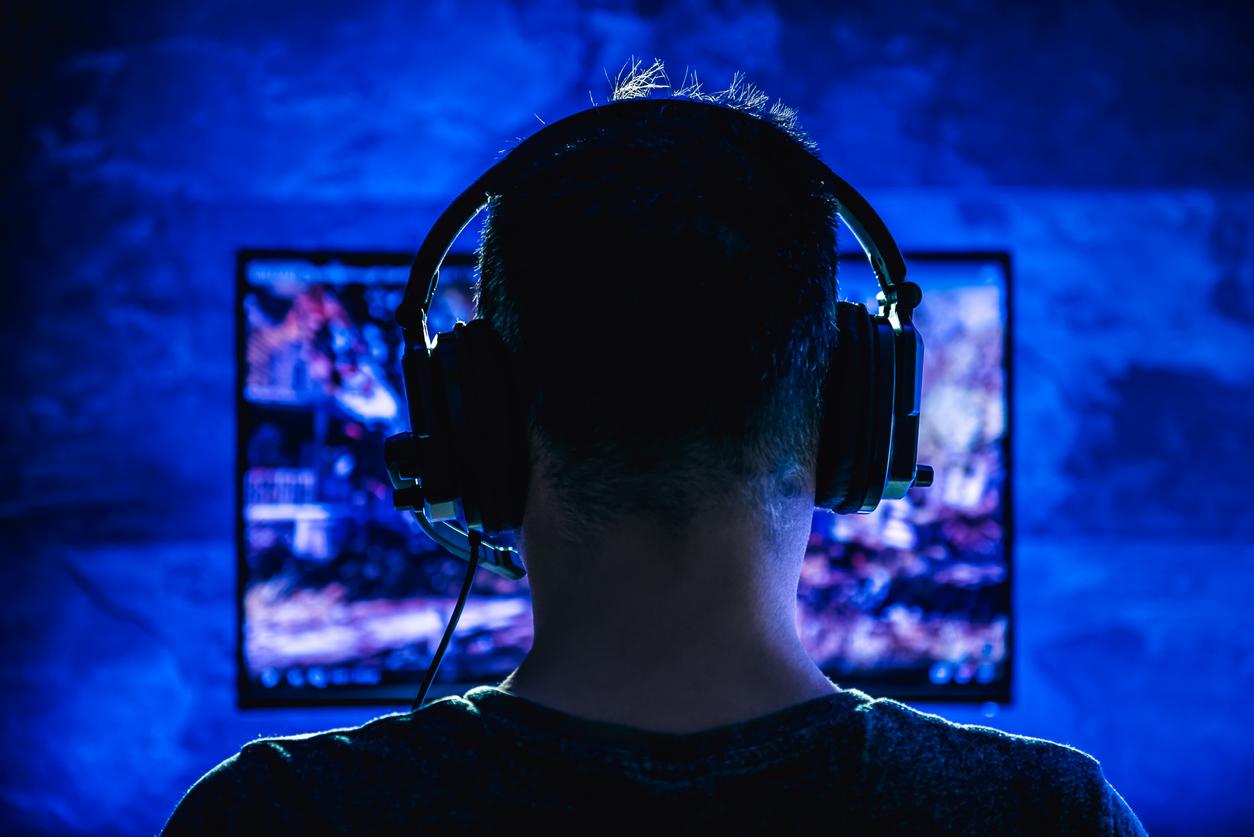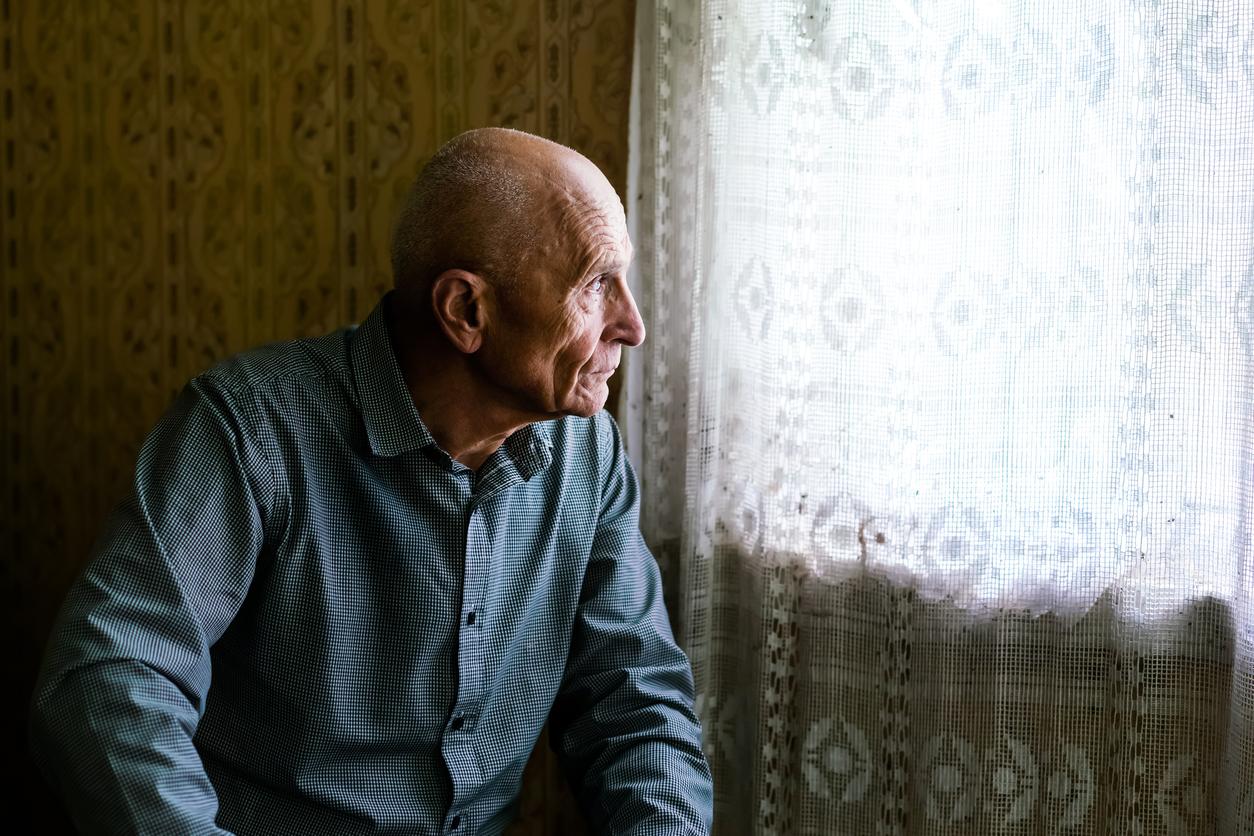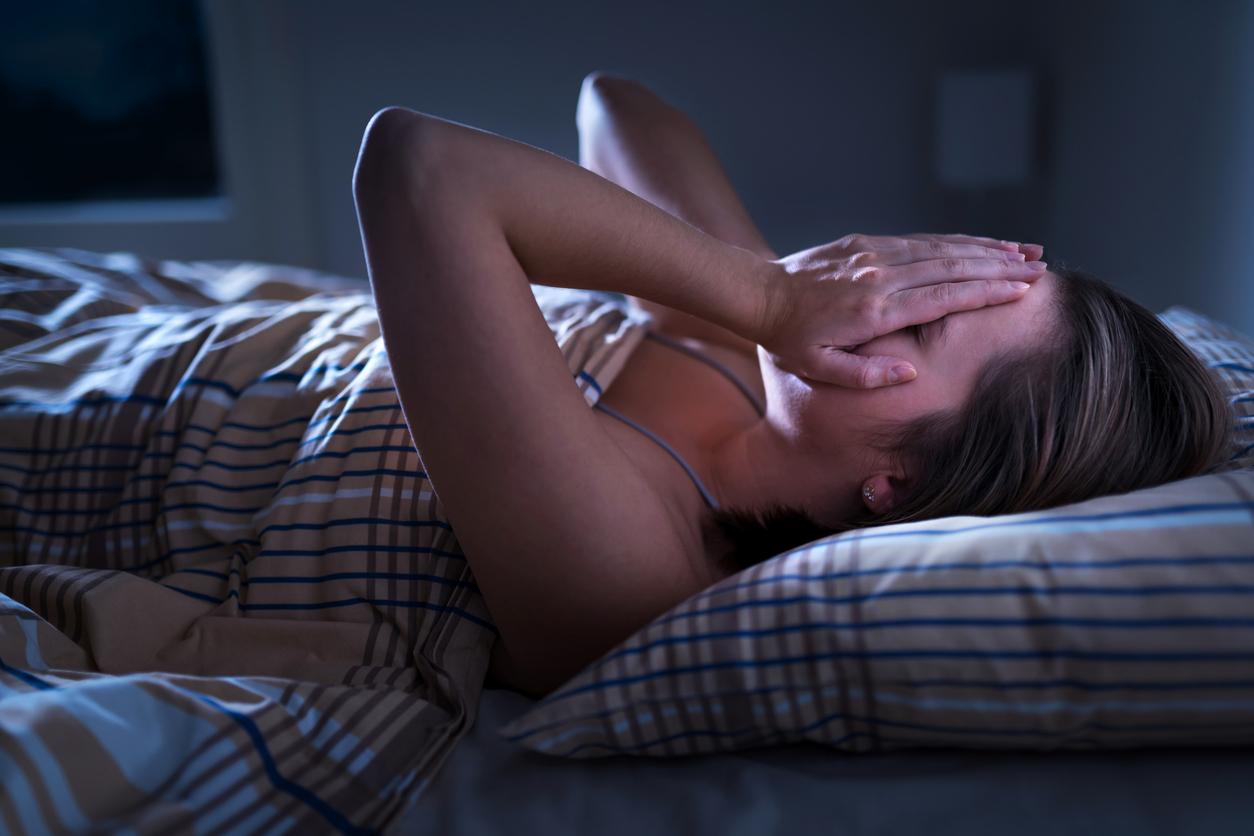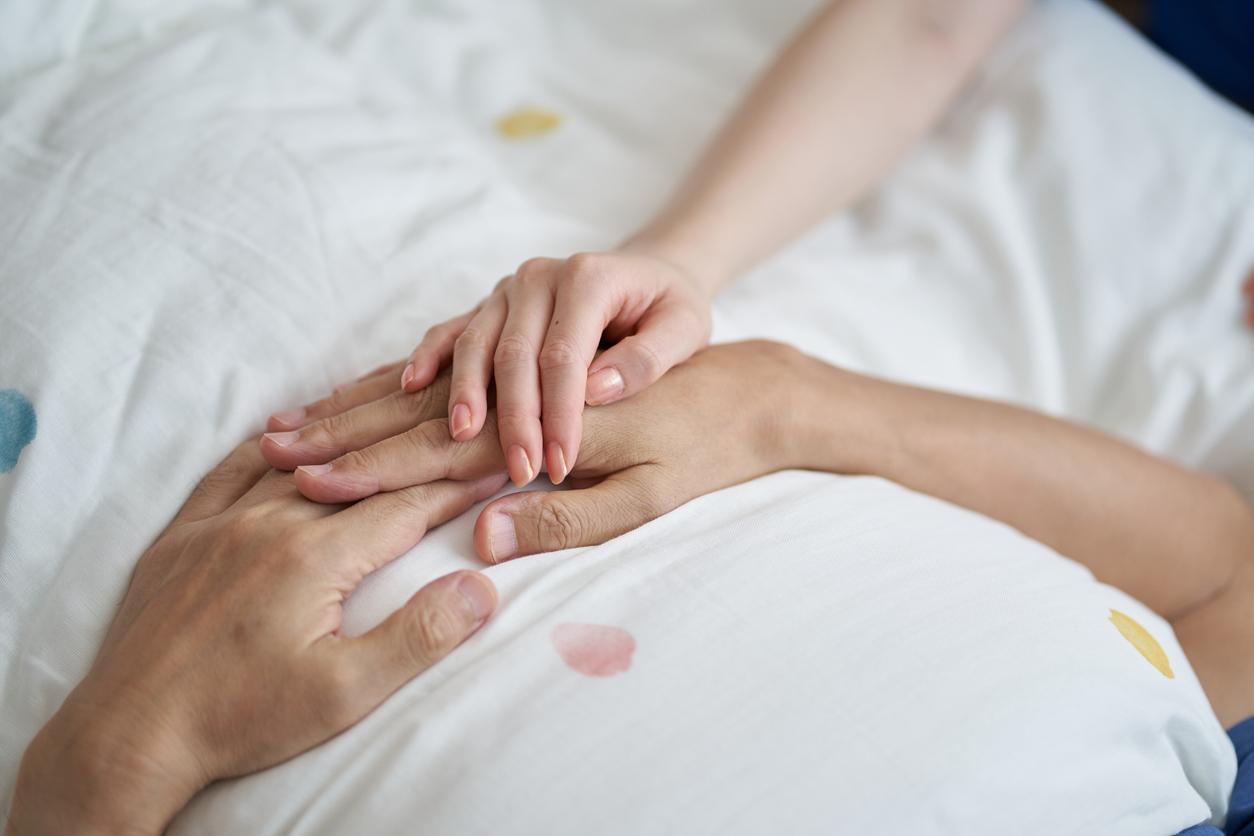Sleep disturbances appear to be very common in children with migraine and are associated with greater headache severity.

- Nearly three out of four children with migraines have sleep disorders.
- Participants reporting migraines delayed falling asleep, shortened sleep duration, and frequent nocturnal awakenings.
- Improving sleep quality could help reduce migraine disability and vice versa.
Paying attention to children’s good sleep is important to ensure their good health. In a new study, Italian researchers from Tor Vergata University in Rome have found that sleep disturbances are widespread in children with migraine and contribute to greater headache severity. They published their results on August 14 in the Journal of Clinical Medicine.
Migraines in three-quarters of children who have trouble sleeping
Researchers examined the correlation between headache characteristics and sleep in pediatric migraine. To do this, they asked parents of children and teenagers suffering from migraine to fill out questionnaires. They had to indicate the characteristics of the headaches as well as the sleeping habits of the children. In total, these are the manifestations recorded in 140 children who were dissected by the scientists.
The results identified sleep disturbances in almost three out of four children (72.9%). Among these people, the questionnaires revealed a strong prevalence of headaches. In the details of the responses, the study authors noted in participants reporting migraines a delay in falling asleep, a shortening of sleep duration and frequent nocturnal awakenings.
An undervalued association
“Sleep disturbances, although very common in pediatric migraine and frequently associated with higher headache severity, remain underdiagnosed in many cases.underlines Alessandra Voci, lead author of the study. Given the relationship between sleep characteristics and migraine, improving sleep quality might help reduce migraine disability and vice versa. Therefore, the clinical evaluation of pediatric patients with migraine should always include a careful analysis of their sleep patterns in order to detect the presence of sleep disturbances early..”

















